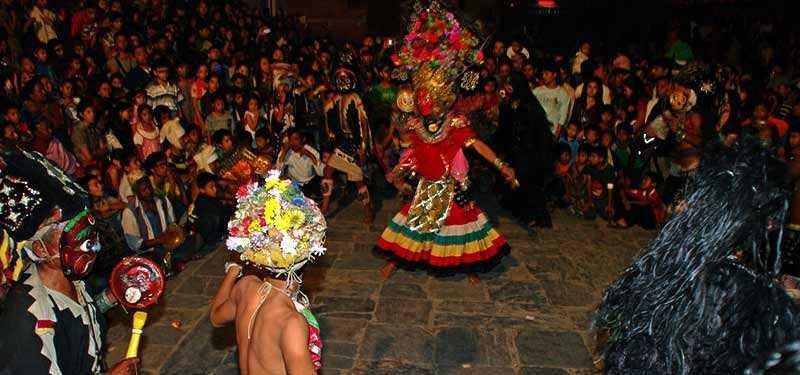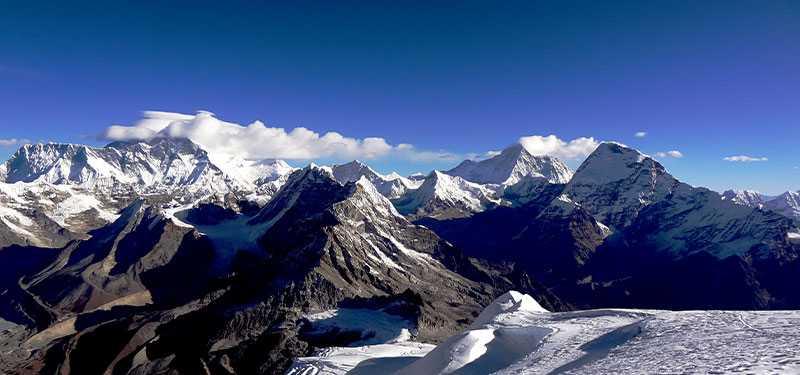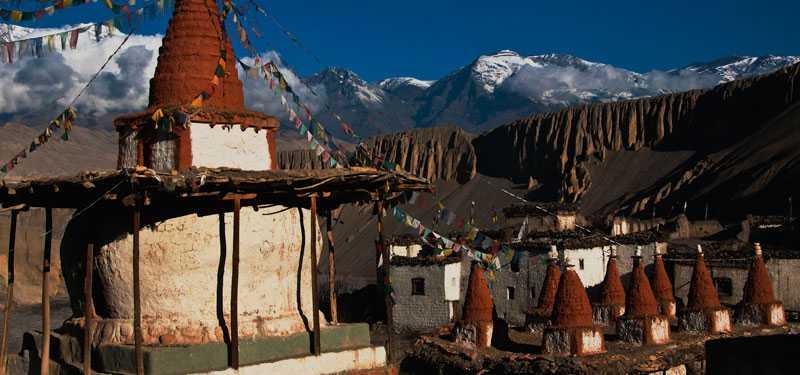Marijuana in Nepalese Tourism

Nepal is small beautiful country, yet culturally and socially very diverse. The total population is less than 30 million but diverse in religion, caste, culture and ethnicity.
We can find the assortment in each and every aspect that is dissolved in the society, so most coming from outside notice the melting pot of culture, and belief systems and practices. Each community has its own identical beliefs and practices that influence the society.
This article, is about the Hashish culture that is prevalent in the Nepalese society from prehistoric times to the current twenty-first century.
Cannabis is flowering plant believed to be indigenous plant of central Asia. Mainstream science always doubted the properties of this plant but users believe that it has medicinal value. It has been mentioned in ancient Vedic text books, as well as Chinese. ancient Egypt and Sumerian civilization.
Ancient and religious uses of hashish also dates back to prehistoric time in western countries at around 440 BCE but industrial uses of hemp just started in the 20th century.
Marijuana is an annual, dioecious flowering herb that grows in the moist and sunny places on the altitude ranges generally from 1500-3500m above the sea level. Cannabis, Ganja, hemp, marijuana, hashish, etc. are the different names of the same species of plant. The scientific name of the plant is Cannabis Sativa. Some other famous names of this plant is weed, herb, pot, grass, bud, and the mixture of greenish-grey part of the plant is consumed.
Apart from medicinal purposes and as recreational drugs to reduce anxiety, pain, and increase creativeness, the plant can also be used for industrial scale also referred to as hemp. Hemp fiber, hemp oils, hemp juice, etc. are some of the byproducts.
Today, number of developed western countries has legalized the cultivation of cannabis for medicinal use whereas cultivating, trading and smuggling of cannabis and its various products are illegal in Nepal since 1973. Despite the fact it can’t be grown in the backyard, but trekkers and hikers encounter wild grown cannabis trees on hiking trails in the mountains of Nepal.
It is said that the wild-grown hashish in the mountains of Nepal is the best among the hashish found in the world. As it grows wildly almost anywhere, trekkers trekking in Nepal can easily get to taste it if interested!
But trading and carrying is completely illegal and a huge punishment but just smoking for taste is a not big deal!
It is no secret that marijuana plants produce chemicals called cannabinoids that generate mental and physical effects after consumption. Many religious Hinduism books mention that Lord Shiva highly gratify marijuana so his followers take marijuana as the prasad (blessing) and consume it without any hesitation.
You can also see the Sadhus (holy men) smoking Marijuana as a blessing of Lord Shiva in Pashupatinath temple, the oldest and largest Hindu Temple in Nepal, a famous temple revered to Lord Shiva, also listed in World heritage site by UNESCO in 1979.
Most Nepalese youths and senior citizens use it as a blessing of Shiva on the birthday of Lord Shiva, grandly celebrated as a festival called Shivaratri.
Also Read
On the day of Shivaratri, more than a million people of Nepal visit the Pashupatinath temple to worship Lord Shiva and try various products of Marijuana as a Prasad (Blessing) of Lord Shiva. The belief is that the Lord Shiva will be pleased on doing so.
Another festival, known as Holi (festival of colors) – the use of Bhang is popular in the southern part of Nepal (Terai Region). Bhang is an especial milk shake made with boiling cannabis and adding other flavor full ingredients.
Nepal was known to be heaven for Marijuana lovers in the late 60s and early 70s as marijuana, hashish, etc. were legal before that period. The government of Nepal illegalized the use of Cannabis in 1973 AD because people started migrating to Nepal because of the legal production and trade of Marijuana.
Likewise, Hippies are prominently those who are highly credited as the beginners of Nepal tourism. Similarly, world-famous hip-hop singer Bob Marley visited Nepal for a trek to Muktinath in the 1960s in the Mustang area of Annapurna Region.
Near the holy Muktinath temple, a species of cannabis known as purple haze (leaf turns slightly purple during flowering) is found which is considered to be one of the best species of cannabis. Purple haze is said to be originated in Columbia but many people believe Mustang, Nepal is the original destination of its origin.
Suggested Trek
Even though Hashish is illegal in Nepal, Nepalese people not only tolerate the use of Hashish but also accept the use of cannabis and its products as cannabis is part of their religious and daily life practice. Nepalese farmers use Marijuana leaf to treat their ill cattle and consume by themselves as medicinal herbs.
Bhang achar (Pickles) is one of the most delicious pickles made in almost all Nepali households. Tourists can try Bhang Achar (Pickles prepared by the grinding of marijuana seeds) if they wish to try, if interested they shall consult with their guide or Nepali friend for this, and for sure they will be willing to help.
Bhang lassi is another delicious food prepared by the marijuana seeds and also available in some of the famous restaurants of Kathmandu and Pokhara. Simply, we can say that marijuana is found everywhere in Nepal and it is a part of Nepali culture.
The government of Nepal has restricted the trade, cultivation and production of hashish so no tourists and locals are allowed to transport cannabis from one place to another.





